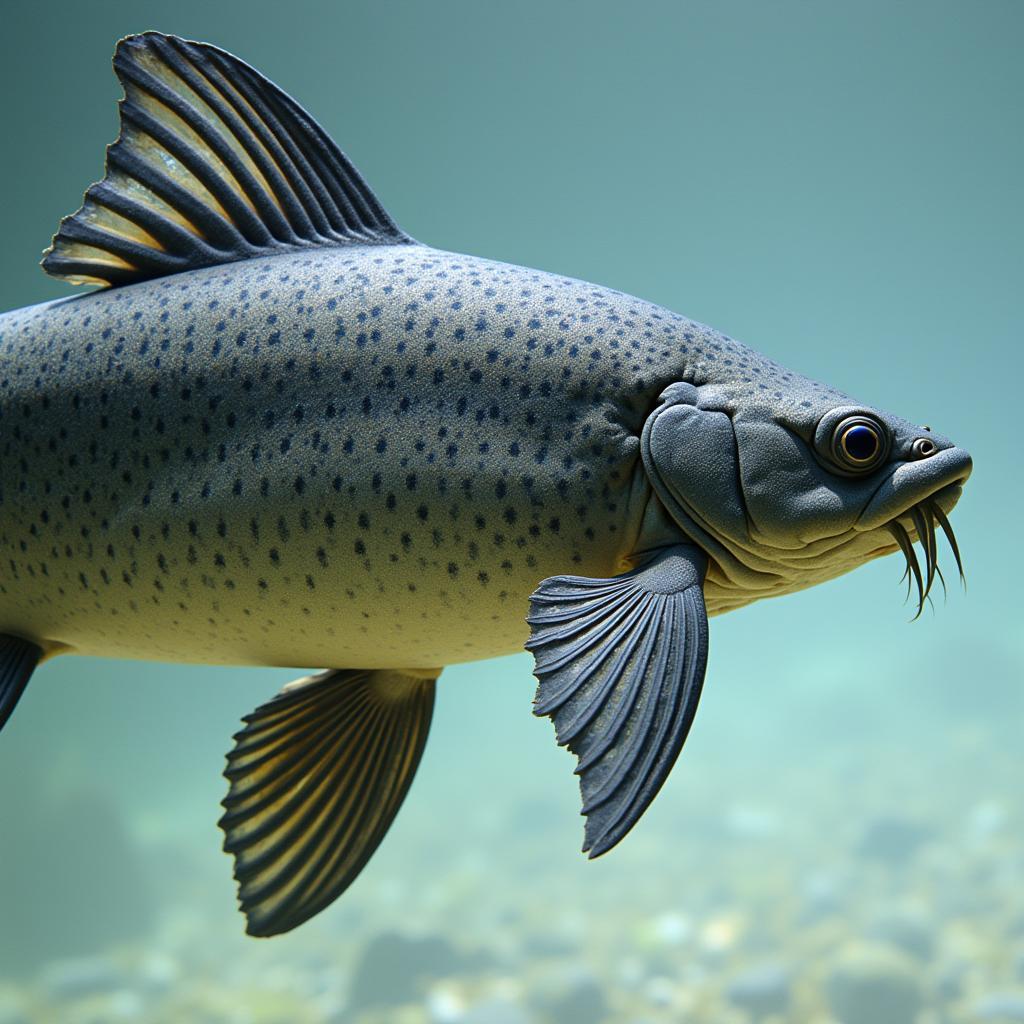African Bullfrog Growth: A Giant Among Amphibians
The African bullfrog is a remarkable creature, renowned for its impressive size and booming calls that echo across the African landscape. But just how big do these giant amphibians get, and what factors contribute to their impressive growth? This article delves into the fascinating world of the African bullfrog, exploring the various aspects of their growth and development.
From Tadpole to Giant: The African Bullfrog Life Cycle
The African bullfrog undergoes a remarkable transformation throughout its life cycle. It starts as a small, aquatic tadpole with gills, feeding primarily on algae and plant matter. As the tadpole grows, it undergoes metamorphosis, developing lungs, limbs, and a carnivorous diet. This transformation marks a significant turning point in the African bullfrog’s life, signifying its shift from a herbivorous water dweller to a formidable land predator.
Factors Influencing African Bullfrog Growth
Several factors influence the growth rate and ultimate size of African bullfrogs. These include:
- Diet: A protein-rich diet is crucial for the rapid growth of African bullfrogs. They are opportunistic predators, consuming insects, small rodents, reptiles, and even other frogs. Abundant food sources contribute to faster growth and larger sizes.
- Environmental Conditions: Warm temperatures and adequate humidity are essential for optimal growth. These conditions stimulate metabolism and facilitate efficient food conversion. Conversely, harsh environments with extreme temperatures or droughts can stunt their growth.
- Genetics: Just like in any species, genetics play a role in determining the growth potential of African bullfrogs. Some individuals may possess genetic predispositions for larger sizes.
The Growth Champion: Males vs. Females
Interestingly, male African bullfrogs typically grow much larger than females. This sexual dimorphism is attributed to their mating behavior. Males engage in fierce territorial battles, with larger males having a competitive advantage in securing mates and protecting their breeding grounds.
The Importance of Understanding African Bullfrog Growth
Studying the growth patterns of African bullfrogs offers valuable insights into their ecology and conservation. By understanding their growth requirements and the factors influencing their size, we can better manage their populations and ensure their long-term survival. For instance, habitat loss and degradation can negatively impact their prey availability, ultimately affecting their growth and survival.
Conclusion
The African bullfrog’s growth journey is a testament to the incredible adaptability and resilience of amphibians. Their impressive size and rapid development are a result of a complex interplay of factors, highlighting the importance of a balanced ecosystem. By appreciating the intricacies of their growth, we can contribute to the conservation efforts aimed at protecting these fascinating creatures for generations to come.
FAQs About African Bullfrog Growth
How long does it take for an African bullfrog to reach full size?
On average, African bullfrogs reach their full size within 2-3 years under optimal conditions.
What is the average lifespan of an African bullfrog in the wild?
The average lifespan of an African bullfrog in the wild is around 8-10 years.
Can African bullfrogs be kept as pets?
While it is possible to keep African bullfrogs as pets, they require specialized care and large enclosures. It’s crucial to research their needs thoroughly before acquiring one.
You might also be interested in reading about the African bullfrog life cycle or learning more about their fascinating African bullfrog ecology.
For any inquiries or assistance regarding African wildlife, please do not hesitate to contact us. Our dedicated team is available 24/7 to assist you. You can reach us via phone at +255768904061, email us at kaka.mag@gmail.com, or visit our office located at Mbarali DC Mawindi, Kangaga, Tanzania.



